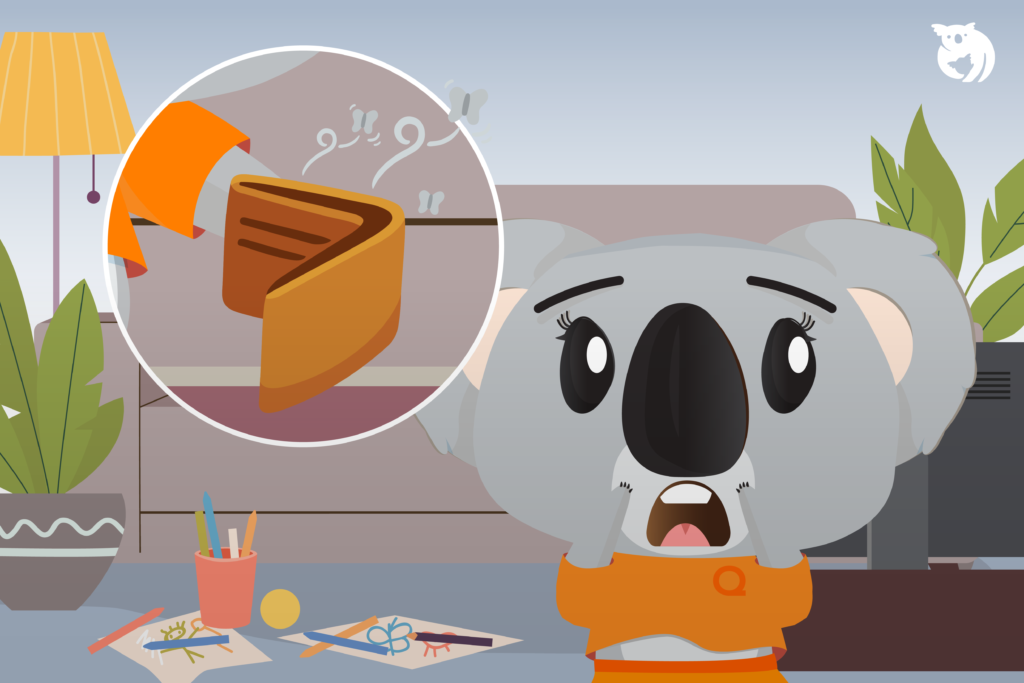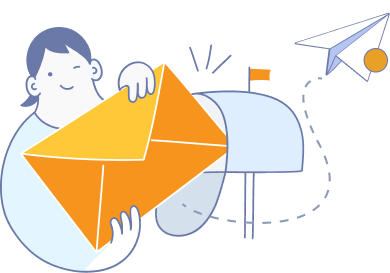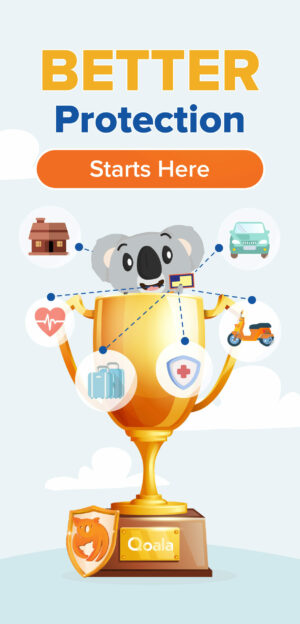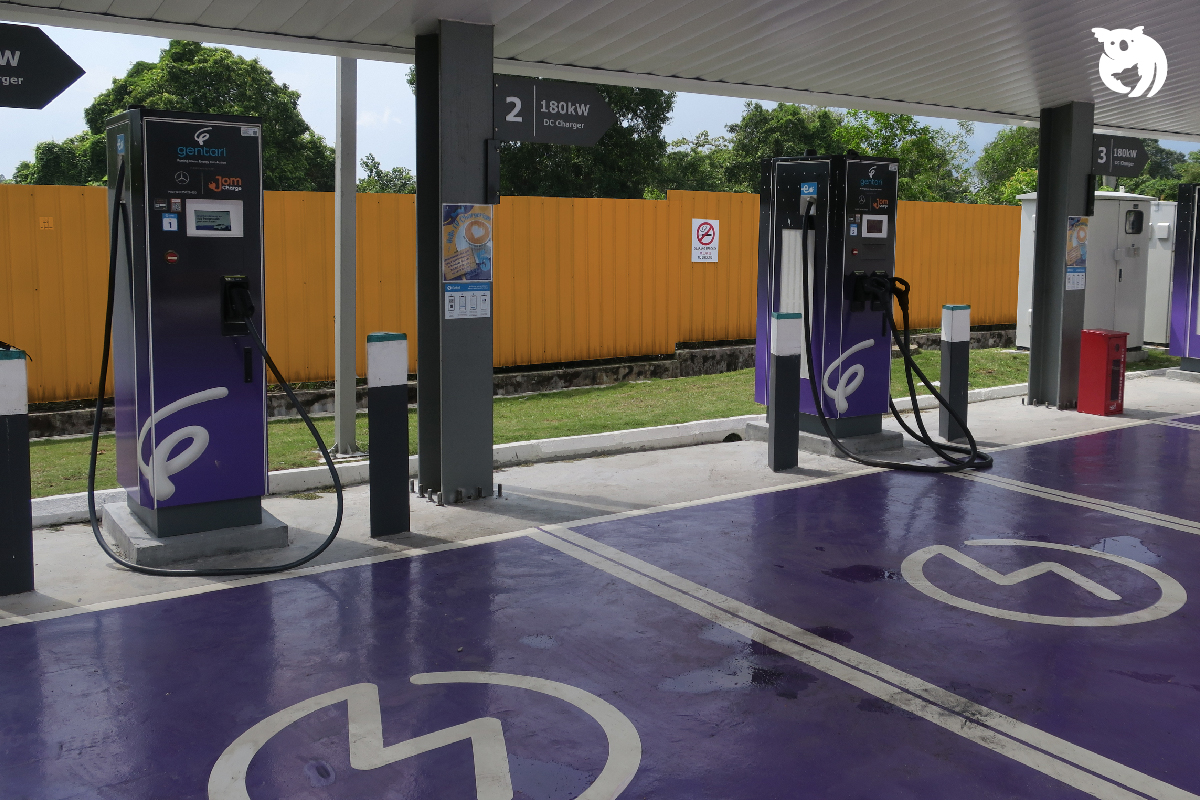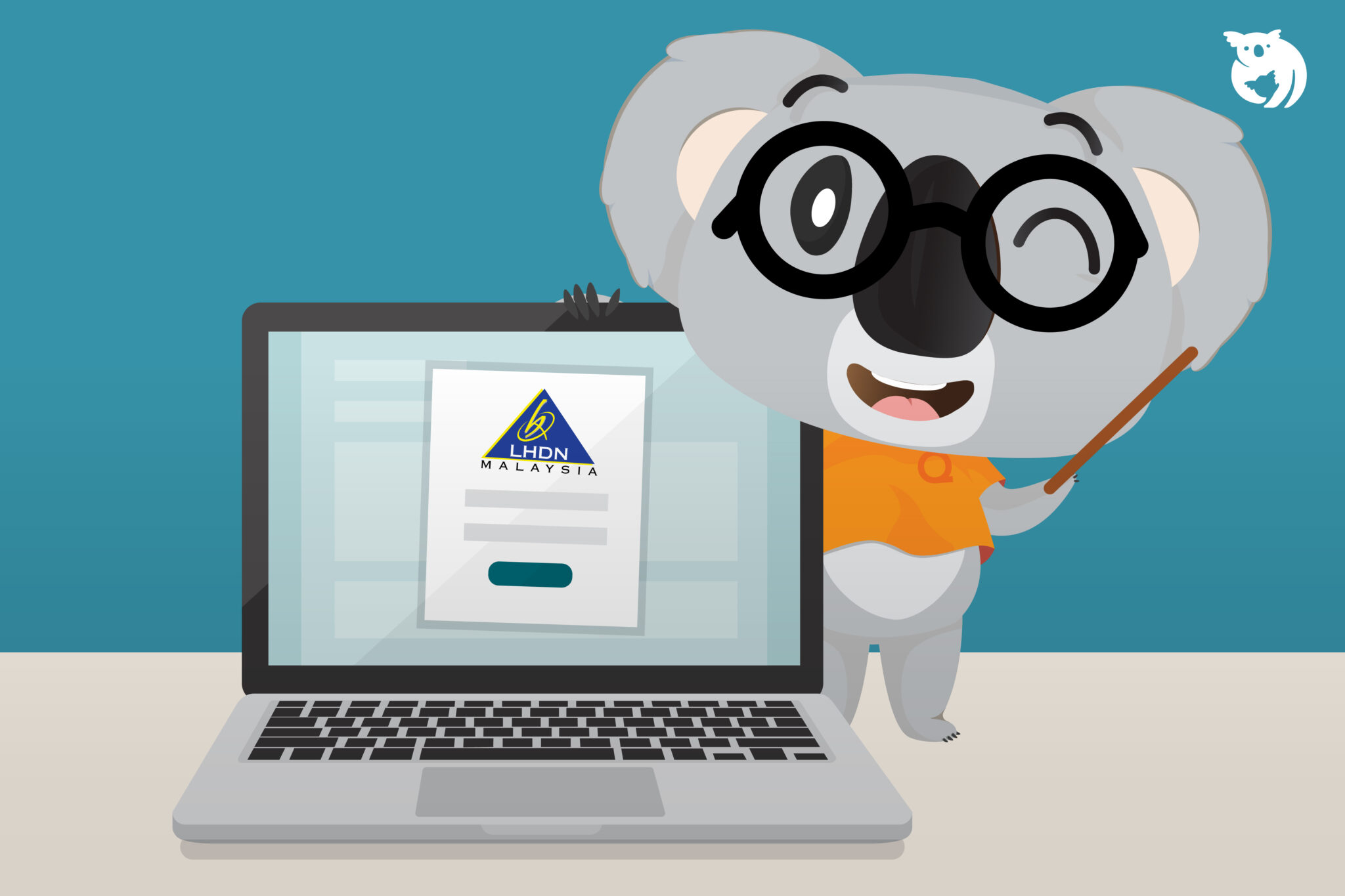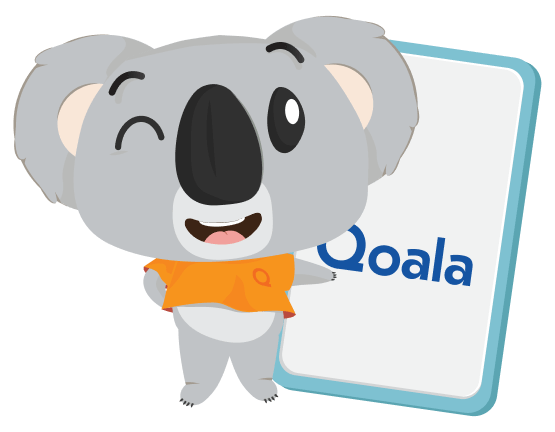Are you worried about how to pay off debt? It is undeniable that debt can cause worry and stress in life, especially when overdue debt becomes unmanageable. While most individuals borrow to meet basic needs, having too much debt can lead to serious financial problems.
Types of Debt You Might Have
Debt is actually a part of our lives, especially when it comes to financing major purchases such as buying a car or a house. However, not all debts are created equal; some are considered good while others are bad.
Good Debt
Good debt refers to debt used to finance purchases that provide long-term benefits or advantages. Examples of good loans include:
Home Loan
A home loan provides long-term benefits in the form of homeownership, which typically appreciates in value and can be an asset for the future.
Car Loan
Taking out a loan to buy a car is considered a good debt because it serves a useful purpose in facilitating daily transportation. This loan allows individuals to acquire the necessary vehicle to move from one place to another, enhancing productivity and mobility convenience.
Education Loan
Such loans assist students in obtaining higher education with the aim of improving skills and potential future income. For example, the PTPTN loan provides opportunities for students to finance tuition fees and living expenses throughout their study period. Additionally, the repayment terms for PTPTN loans are affordable for all borrowers.
Business Loan
Business loans help entrepreneurs start or expand their businesses, thereby increasing income and contributing to the country’s economy.
Bad Debt
Bad debt, on the other hand, refers to debt obtained for purchases that do not provide long-term benefits and can lead to financial problems in the future.
Excessive spending on electronic gadgets and branded clothing contributes to the need for personal loans and credit card debt. It is advised not to use credit cards excessively as they have high interest rates. Therefore, make wise decisions by differentiating between wants and needs to avoid accumulating bad debt.

Steps to Pay Off Your Debt
You may feel overwhelmed and uncertain about which debts to prioritize when it comes to paying them off. Here are some steps you can take to tackle your debt:
Identify Your Debt Amount
To begin the debt resolution process, the first step you need to take is to identify the total amount of your debt. After that, you can start creating a monthly budget that is easy to follow using financial apps or Excel, which can help you track your expenses and savings each month. You need to be honest with yourself about your income and expenses, and separate your expenses to see where adjustments can be made. Most importantly, you need to have discipline and commitment to follow the budget you have set.
You can visit the official website or app of your bank or relevant financial institution to settle specific debts or contact the provided helpline. Additionally, the Credit Counseling and Debt Management Agency (AKPK) provides free financial counseling and advice, debt management programs, and financial education programs nationwide.
Most banks are also willing to renegotiate loan terms. It is important to discuss and formulate a repayment plan that is affordable and acceptable to both parties.
Reduce Unnecessary Expenses
Stopping the accumulation of debt is the best way to address debt issues. To start this step, reduce unnecessary expenses and ask yourself before making a purchase whether it is worthwhile or not. By making this a habit, it can help you better control your finances.
Manage the Debts with the Highest Interest Rate First
Managing debts with the highest interest rate is important as it can help you reduce the amount of interest to be paid and assist you in paying off the debt faster. Debts with high interest rates typically include credit card debt or personal loans with high annual interest rates.
By reducing the amount of debt with high interest rates, you can decrease the total amount of interest charged on your overall debt and reduce the amount of money you need to pay overall. This can help you pay off the debt more quickly and alleviate the long-term burden of debt.
As humans, we are prone to forgetting things, including remembering to pay debts on time. Therefore, it is important to pay debts promptly and ensure that essential payments, including overdue debts, are not missed.
Some methods to help remind yourself of debt payments include:
- Email reminders;
- Phone alarms;
- Smartphone applications;
- Setting up auto-debit payments;
- Creating and placing sticky notes as reminders.
How to Pay Off Debt: 5 Techniques to Consider
Surely, you want a debt-free life, right? Here are five effective techniques that can help you pay off debt and take steps towards financial freedom.
1. Avalanche Technique
The first effective technique is the “avalanche” technique introduced by a renowned financial advisor from America. It means you need to focus on paying off loans with the highest interest rates first. If you prioritize debts with high interest rates, this technique is suitable for you.
So, if you’re someone who gets annoyed by high interest amounts, you can try this technique. Here are the steps to implement the avalanche technique:
- List all debts along with their amounts and interest rates;
- Prioritize debts with the highest interest rates to be paid off first;
- Plan your monthly budget carefully;
- Use any extra money to pay off debts with the highest interest rates;
- Don’t forget to make the minimum payments for other debts;
- Repeat the above steps until all debts are paid off.
2. Snowball Technique
This technique, known as the “Snowball Technique,” involves focusing on paying off one type of debt at a time while making minimum payments on other less significant debts. In other words, you will concentrate your efforts on paying off debts with smaller amounts before shifting your attention to larger debts.
The snowball technique involves several simple steps to help you reduce your debt. Here are the steps you can take:
- List all your debts and arrange them in order of the lowest remaining balance;
- Include the interest rates for each debt so that you can calculate the amount of interest to be paid on each debt;
- Plan your monthly budget carefully and use any extra money to pay off debts with the lowest remaining balance;
- Once you have paid off a debt with the lowest balance, repeat the above steps until all debts are settled.
3. Debt Consolidation Technique
Debt consolidation is a technique that involves combining all your debts into a new personal loan. In this technique, you use the funds from the new personal loan to pay off your existing debts.
This can help reduce your monthly financial commitments and improve your credit score. You can also focus on paying off one debt account and reduce the interest rate. Here are the steps to implement the debt consolidation technique:
- Review your outstanding balances, including arrears, interest rates, and monthly installment amounts for each debt;
- Determine the total outstanding balance of your debts;
- Assess your eligibility, choose, and apply for a suitable personal loan to pay off your debts.
4. Snowflake Technique
In the snowflake technique, you make small additional payments using any extra money you have on a daily, weekly, or monthly basis. For example, paying an extra RM10 towards your credit card balance before the due date. With this technique, you can accelerate debt repayment based on your own capacity.
This technique is suitable for those who are new to the workforce, self-employed, or working part-time. With this low-commitment technique, you may be able to pay off debt without even realizing it. Here are the steps to implement the snowflake technique:
- List your debts and plan your payment strategy carefully;
- Ensure you make the minimum payment for all your debts;
- If possible, pay more than the minimum amount. For example, if you have a surplus of RM20 or RM50 in your weekly or monthly budget, use that money to pay off your debt;
- Continue this strategy until all debts are paid off.
5. Overlap Debt Technique
Overlap, also known as debt consolidation, is a technique of combining different debts into a new personal loan with the same financial institution. This personal loan offers lower interest rates or longer repayment periods compared to existing loans. You can use an overlap loan calculator to estimate the monthly savings on installments if you use this technique.
The Overlap technique is only offered by the same financial institution. For example, if you have an existing personal loan and active credit card with Bank X, you can only apply for debt consolidation with Bank X. Here are the steps to use the Overlap technique to settle your debt:
- Perform an overlap with a loan that offers a lower interest rate;
- Perform an overlap with a loan that offers a longer repayment period;
- Consider overlap if the salary deduction exceeds 60% (for government employees).
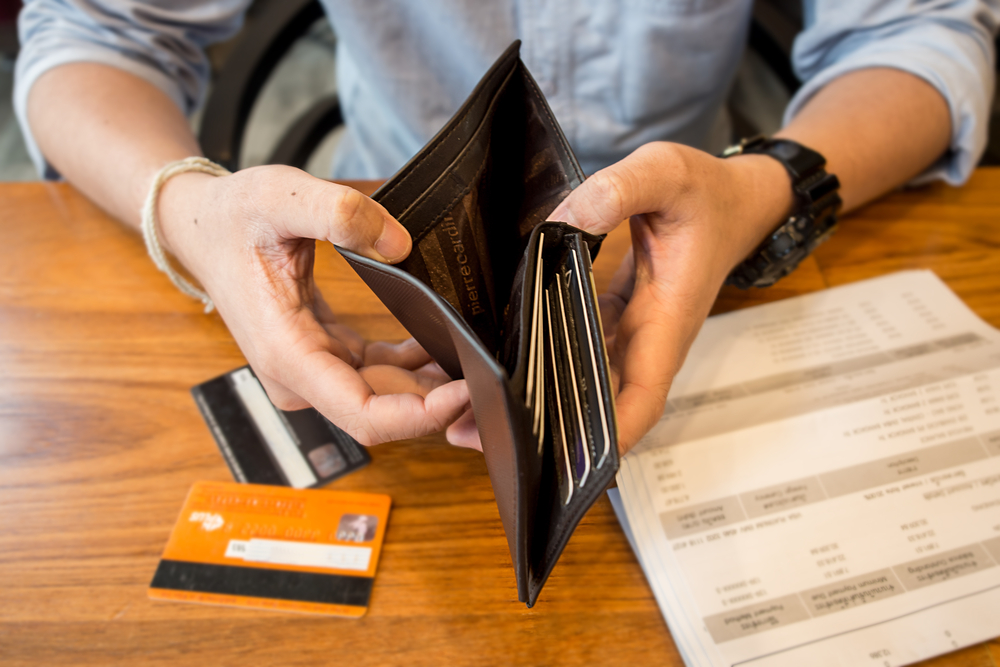
Choosing a debt management technique that is suitable for oneself and financial capabilities is crucial. Each of the discussed techniques has its own advantages and disadvantages. Some techniques are effective for quickly paying off debts but require high discipline and commitment, while others offer more flexibility.
It is important to make wise decisions and choose a technique that fits your individual needs. It is recommended to take the time to assess your financial situation and select the most effective technique to successfully pay off your debts.
Furthermore, if you are looking for car insurance, you can visit the Qoala website to find the best car insurance. Qoala is the best insurance platform in Malaysia. This platform allows you to compare car insurance plans from various insurance companies to ensure you get a suitable and best car insurance plan for yourself.

 EN
EN
 MY
MY

